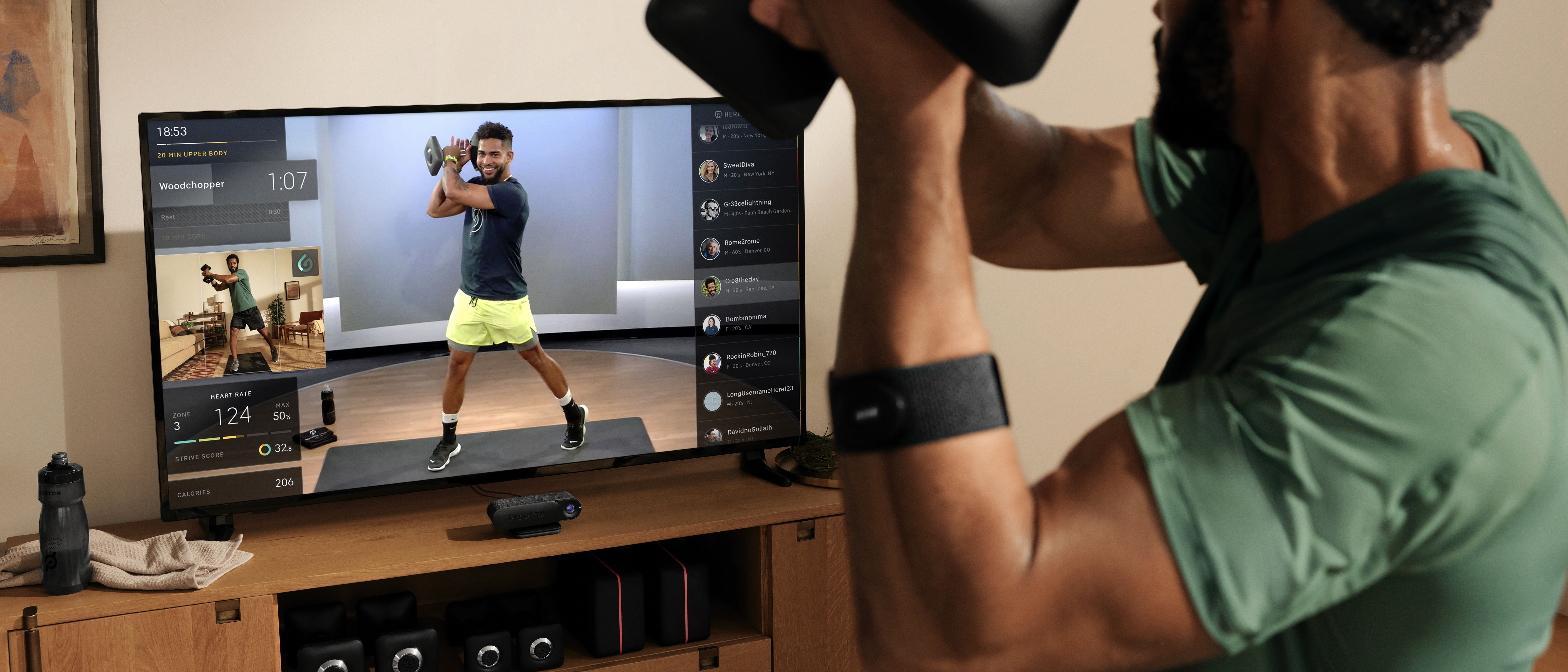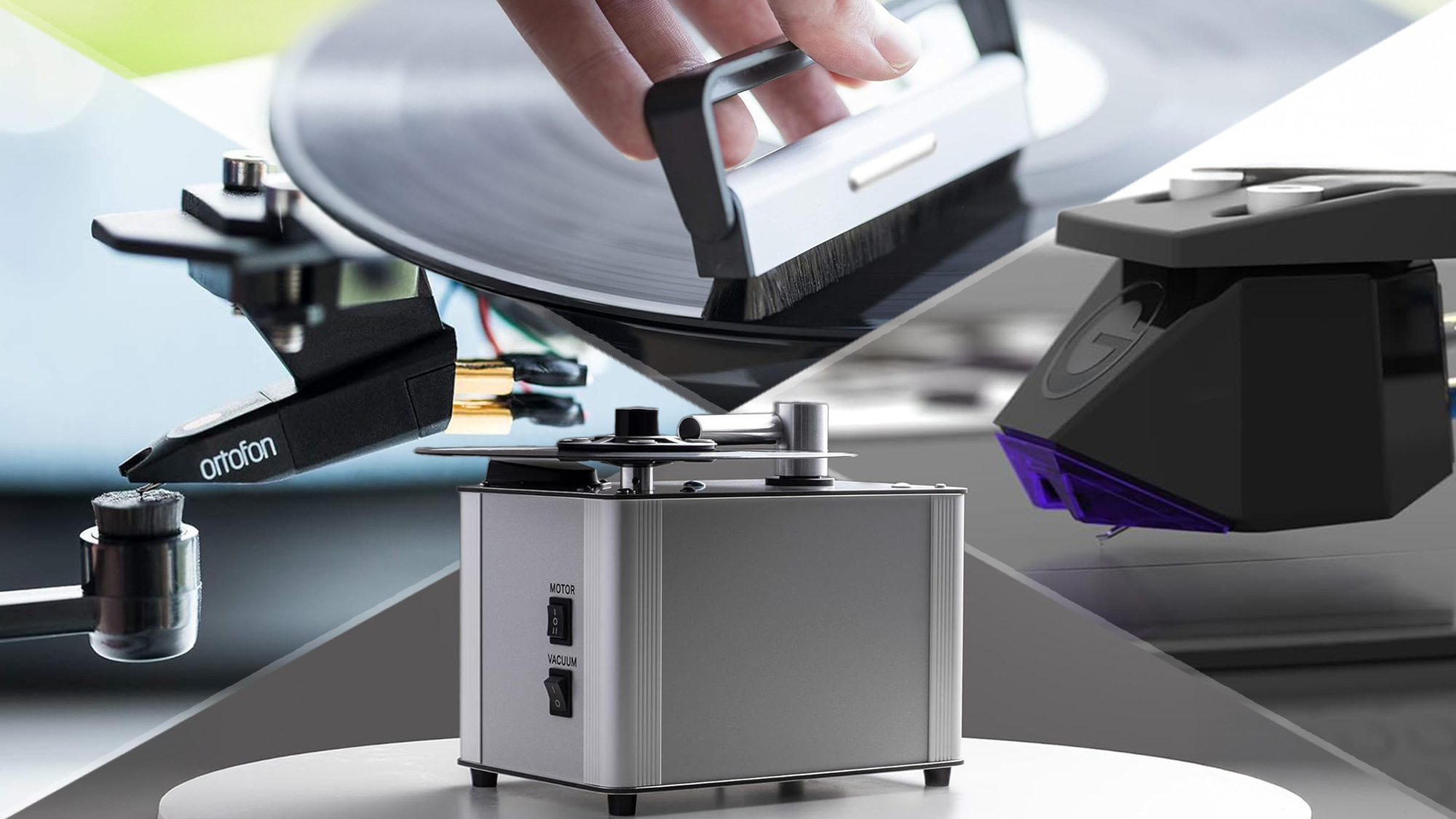Tom's Guide Verdict
The Peloton Guide is designed to use artificial intelligence (AI) to help you reach your strength training goals, and it does just that.
Pros
- +
Allows you to check your form during class
- +
Relatively affordable compared to Peloton’s other products
- +
Can easily fit into smaller homes
Cons
- -
On-going subscription cost
- -
Need a separate remote control
Why you can trust Tom's Guide
The world of connected home gym equipment is vast and expensive, but one little gadget breaking the mould is the Peloton Guide. Unlike the Peloton Bike Plus, Peloton Tread, or Tempo Studio, the Guide won’t make you feel like you’re turning your living room into a gym, or take up much space if you’re not blessed with space (welcome to my world). The Peloton Guide is Peloton’s strength offering — designed to use artificial intelligence (AI) to help you reach your strength training goals. You plug it into your TV, and the device uses machine learning and smart camera technology to provide that in-person coaching experience, from the comfort of your living room.
But how does it compare to the other products in Peloton’s repertoire, and is it worth its $300 price tag and ongoing monthly subscription? To find out more, I installed the little box in my living room for three months, using it for my weekly strength classes. Read my full Peloton Guide review to find out more.
Peloton Guide review: Price and availability
Unlike the rest of the Peloton range, the Guide probably won’t cost more than your month’s rent — it’s $295/£275 to buy, then you’ll need a subscription to the classes, which costs $24/£24 per month. (That's cheaper than the subscription for the Peloton Bike and Tread, which runs $39/month).
Things can get a little more expensive if you buy Peloton’s exercise mat and dumbbells, but as the dumbbells aren’t connected in any way, you could just grab a cheaper pair of the best adjustable dumbbells and use them.
The membership can be shared with five different members of your household, and if you already own a Peloton Bike or Peloton Tread, your all-access membership covers Peloton Guide classes.
Peloton Guide review: Design and set-up
The Peloton Guide looks like a small webcam, which connects to your TV. The camera has a resolution of 12 megapixels and can stream 4K video at up to 60 frames per second. It didn’t look out of place set up in my living room and probably took me around five minutes to get it all plugged in (I’m not the techiest individual), and then around fifteen minutes to get it all set up.
The Guide uses machine learning and smart camera technology to track your movements and offer suggestions as you're working out. You’ll be able to see your own image on the TV, alongside the instructors, to compare your form and technique. In order for the Guide to do this, you need to go through a few setup screens — the Guide will ask you to raise your arms above your head and to the side, to ensure it’s capturing you.
Get instant access to breaking news, the hottest reviews, great deals and helpful tips.
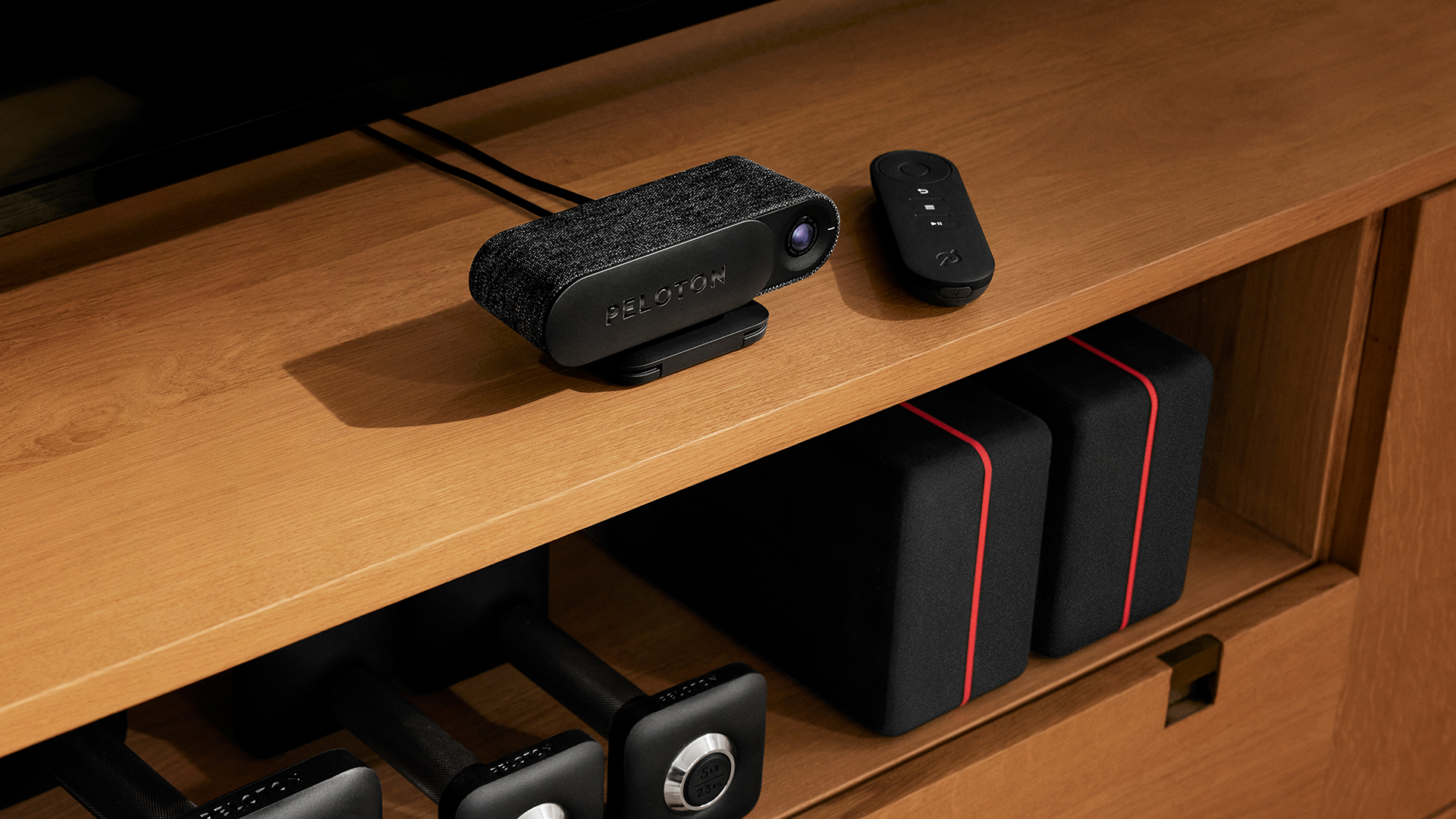
Once you’re set up, you can choose your class. The Guide tells you which muscles you’ve worked — something Peloton calls "Body Activity." You can choose a class based on a body part, but after you’ve done a few classes, based on your Body Activity, the Guide will suggest which workouts to do next, so you target different areas of the body and avoid overtraining one muscle group.
There’s also the option to choose a class from the Rep Tracker series — this is Peloton’s newest feature, which counts each rep for you, giving you credit for every weight lifted. You can also program the weight you’ll be using for light, medium, and heavy sets, and the Guide will measure the total weight lifted, allowing you to see your progress over time.
Peloton Guide review: Classes
Like with all Peloton products, the magic of the Guide lies in its classes, and there’s a huge number to choose from. I loved how each workout gave you an overview of the exercises involved, so there weren’t any unpleasant surprises and told you which weights you’d need to grab before you got started. Classes range from 10-45 minutes and have all of the enthusiasm you’d expect from a Peloton class, as well as the soundtracks.
Like all other Peloton classes, new Guide-specific workouts are added each week, as well as a series of live classes. You can, of course, take non-Guide workouts on the Guide, although they don’t have Guide-specific features like rep tracking and movement tracking.
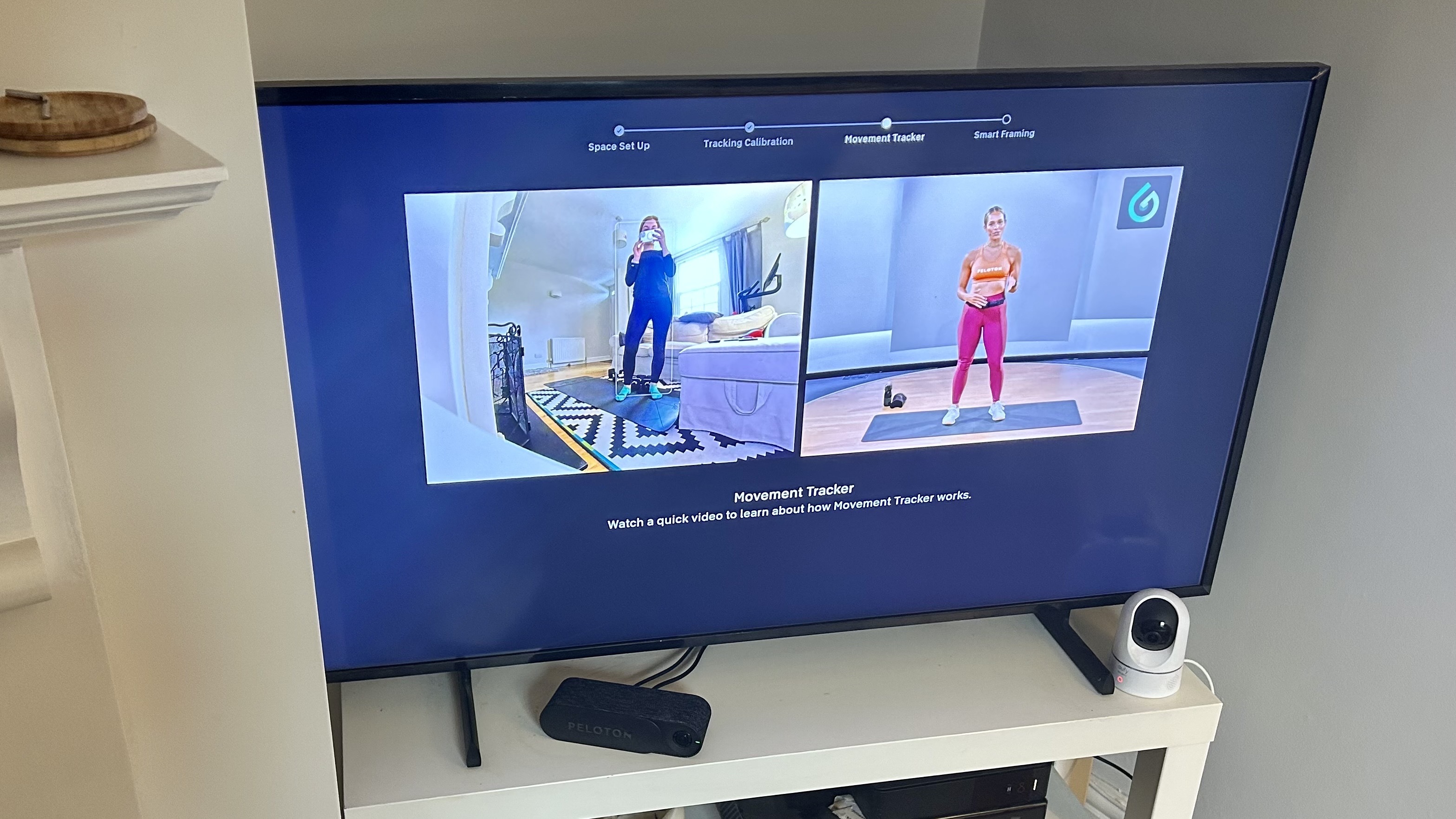
During workouts, I appreciated the flexibility of the guide. I was impressed at how easy it was to adjust my view on the screen — I could easily switch between self mode, seeing my own form above the instructor’s as we rowed and did press-ups. When this got distracting, I could easily move to the minimized zone, where I saw myself in a smaller window on the left of the screen, above the heart rate monitor. (I was able to use my Apple Watch as a heart rate monitor — here’s how to connect the two).
Another clever little feature was the ability to use voice commands to pause workouts — no more scrabbling to place my dumbbells down and press pause on the remote when someone rang my doorbell. I was able to pause a workout by saying, “OK, Peloton, pause workout." You can find a full list of voice commands on Peloton's website.
Peloton Guide review: Performance
I’ll admit, I wasn’t expecting to love the Guide. After testing a number of Peloton’s other products, I kind of felt that the Guide was a bit redundant — all of the other products in the Peloton range have strength training classes, as does the Peloton app, which allows you to do strength classes from your phone or tablet. It didn’t take long for me to realize I’d been wrong. Closing the Movement Tracker (a little logo that changes color as you move through your reps) was motivating, and the rep tracker feature in my second class was fantastic.
Compared to the strength workouts I took using the rotating screen on my Peloton Bike+, I found that I worked harder to close the Movement Tracker or reach the required number of reps. Where I’m often guilty of giving up on an exercise a few seconds early, the Guide helped me stay engaged, and working until the last few seconds.
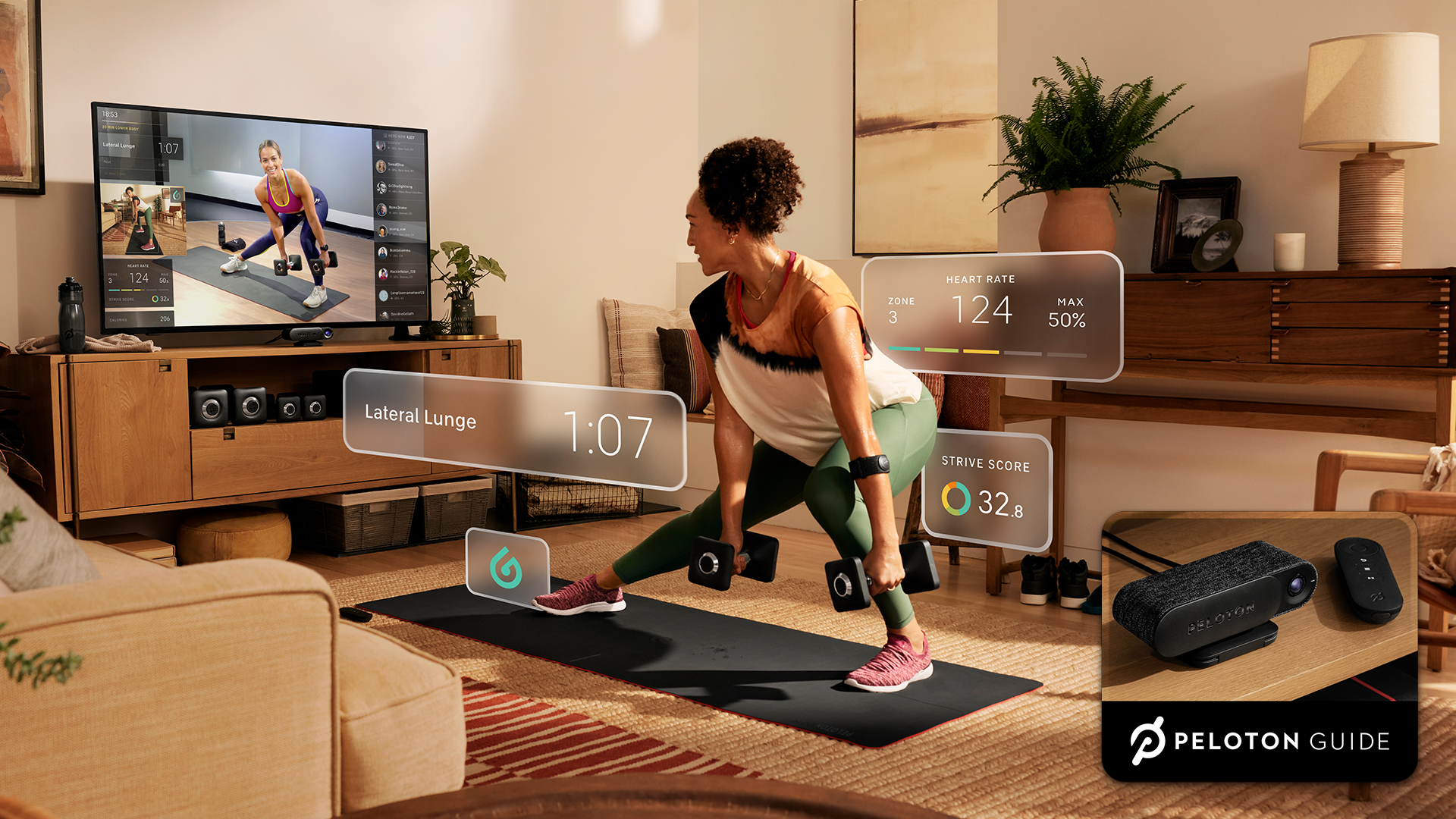
Like many, I’ve always been a little resistant to the idea of having a workout camera in my living room. On the Guide, however, there’s a privacy slider, which covers the camera when it’s not in use. What’s more, according to Peloton, no video or images of you working out are ever uploaded to the cloud. The data the device collects is to analyze your workout performance and make recommendations. It really is only my dog judging me when I’m working out in my living room.
Peloton Guide review: Verdict
I was surprised by how much I loved strength training with the Peloton Guide. For beginners, or those returning to strength training, being able to see your form and correct your technique is extremely important, and something you won’t get from a lot of the best workout apps on the market. This really is like having a personal trainer in your living room. That said, I did wish the screen alerted me when I was arching my back or flaring my ribs — a visual graphic that your form was off would be helpful, especially when you’re lost in a workout.
I also appreciated the Body Activity tracker, which helps visually show you how much you’re working on one muscle group. As a runner, I have a tendency to overload my legs, and I liked how the Guide clocked this and reminded me to focus on other areas. Giving your muscles time to recover is essential for growth and repair, so it’s a nice feature.
If you already have a Bike or Tread, you won’t get as much out of the Guide as Peloton–newbies, however. But if you’re looking to get stronger from your living room, the Guide is a great tool to install, especially for the design-conscious fitness fanatics, who don’t want their home to feel like a gym.

Jane McGuire is Tom's Guide's Fitness editor, which means she looks after everything fitness related - from running gear to yoga mats. An avid runner, Jane has tested and reviewed fitness products for the past five years, so knows what to look for when finding a good running watch or a pair of shorts with pockets big enough for your smartphone. When she's not pounding the pavements, you'll find Jane striding round the Surrey Hills, taking far too many photos of her puppy.
